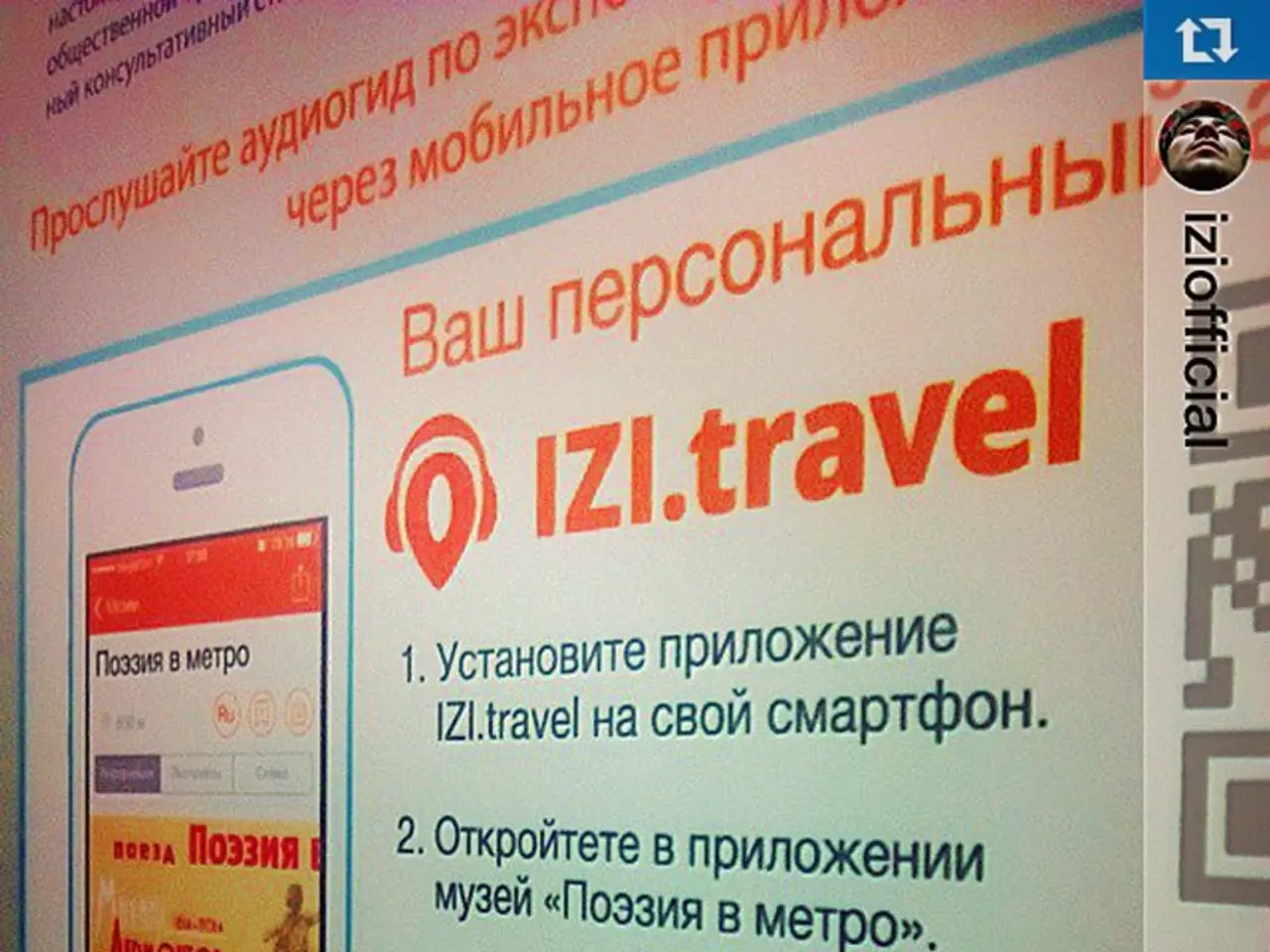Digital Identity Landscape Evolves: ID5's 2025 Report Highlights Growing Use of Identity Graphs and Alternative IDs
The digital identity landscape is evolving rapidly, with businesses adopting a mix of solutions to adapt to changing scenarios, according to ID5's 2025 State of Digital Identity Report. The report highlights the growing use of identity graphs and the increasing demand for alternative IDs, particularly in connected TV (CTV) environments.
The report reveals that 84% of respondents are using or planning cross-device tests to cluster disparate identifiers, indicating a shift towards identity graphs. This is driven by the persistent challenge of validating performance in CTV, with 33% citing measurement difficulties and 34% struggling with cross-channel reconciliation.
High adoption rates are seen in private marketplaces (57%), clean rooms (51%), and publisher user IDs (50%), suggesting a trend towards integrating multiple approaches. Alternative IDs remain the top choice for engaging non-addressable traffic (67%).
ID bridging is also gaining traction, with 51% of publishing participants working with one or more ID bridging partners. This is seen as positive by 55% of respondents, outweighing the 10% with negative sentiment. Meanwhile, 91% are already using or planning to test alternative solutions to cookies, with 55% looking to increase investment in exploring alternatives.
The ID5 report underscores the industry's shift towards diverse addressability strategies, with identity graphs, alternative IDs, and ID bridging leading the way. The growing adoption of these solutions reflects the need for flexibility and adaptability in the ever-changing digital identity space.
Read also:
- Musk threatens Apple with litigation amidst increasing conflict surrounding Altman's OpenAI endeavor
- Transitioning to Electric Vehicles Places Heavy Demand on Power Grids
- E-mobility continues its progress after a decade since the scandal, staying on course
- The Commission deems the assistance program to be in agreement with the domestic market regulations.







